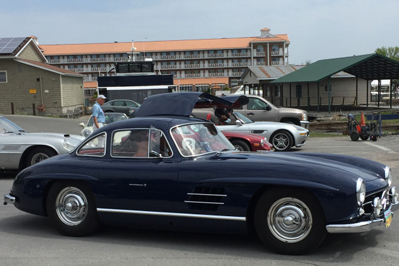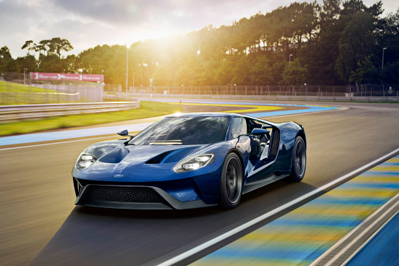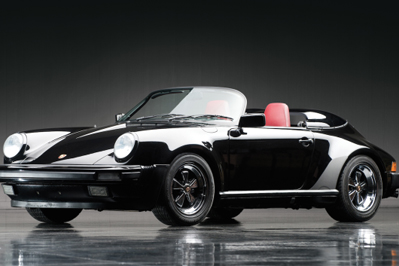Stay in touch with the latest news & updates

The entire F50 is built like a sports racer. The central tub is made from carbon fiber, while the body uses a carbon fiber, Kevlar and Nomex honeycomb. As in an F1 car, the engine, transmission and differential are mounted as a structural unit to which the suspension, elements of the composite body and even the rear bumper are attached.

We attracted a spectacular group of rare cars this year, cars that you’d be fortunate to see at an international concours, let alone driving 1100 miles in four days. Among the stand-outs were the 1952 Cunningham C3 Coupe of Chuck Schoendorf & Pat Lee and the 1954 Mercedes-Benz 300SL Gullwing of Robert & Beryle Slayden.

The 2017 Ford GT is a close sibling to the car that won at Le Mans this year. From its carbon fiber tub and bodywork to pushrod suspension, the Ford GT leaves no doubt about its track lineage. The design, while thoroughly modern in terms of aerodynamic science, draws a stylistic line back to the 1966 Le Mans winner.

When you say “Speedster” in the same sentence as “Porsche,” it’s usually assumed you are speaking about the stripped-down 1954-1958 variant of the 356. Capitalizing on the power of its own heritage – and the power of nostalgia – Porsche also built three different production 911 Speedsters, the most plentiful being the 1989 model. All have become desirable collectibles.